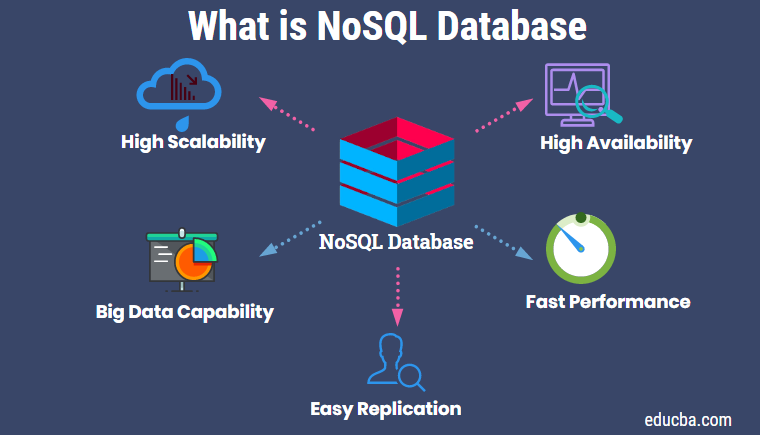Reading-Notes
Class 12 Summary:
SQL:
*
| SQL | NoSQL |
|---|---|
| SQL databases are primarily called as Relational Databases (RDBMS) | NoSQL database are primarily called as non-relational or distributed database |
| SQL databases are table based databases | NoSQL databases are document based, key-value pairs, graph databases or wide-column stores |
| SQL databases have predefined schema | NoSQL databases have dynamic schema for unstructured data |
| SQL databases are vertically scalable | NoSQL databases are horizontally scalable |
| SQL databases uses SQL ( structured query language ) for defining and manipulating the data | NoSQL database, queries are focused on collection of documents |
-
If the data is highly structured and clearly defined , conventional SQL based databases are the best fit.
-
Examples of real world : MySql, Oracle, Sqlite, Postgres and MS-SQL
-
NoSQL database good fit at the collection of key-value pair, documents, graph databases or wide-column stores which do not have standard schema definitions which it needs to adhered to.
-
NoSQL database examples: MongoDB, BigTable, Redis, RavenDb, Cassandra, Hbase, Neo4j and CouchDb.
-
NoSQL database fits better for the hierarchical data storage.
-
SQL databases are vertically scalable, But NoSQL are horizontally scalable.
-
SQL : Structured Query Language used to communicate with a database.
-
” A relational database is a type of database that stores and provides access to data points that are related to one another. Relational databases are based on the relational model”.
-
The logical data structures—the data tables, views, and indexes—are separate from the physical storage structures that relational database work with.
-
Schema is a framework or concept that helps in organize and interpret information.

-
If a database does not exist, MongoDB creates the database when you first store data for that database.
-
MongoDB is more flexible than SQL.
-
NoSQL databases don’t have the reliability functions which Relational Databases have.

- Sources:
